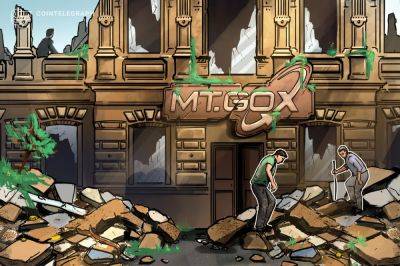NHS waiting lists, inflation, national debt … one by one, Sunak’s pledges are crumbling
T he NHS waiting list in England for hospital treatment has just broken its own record, rising to 7.3 million. Just before the data dropped, the Tories issued yet another murmured apology for missing an NHS waiting time target. A promise to treat all those who had been waiting 18 months for an operation by April had not been met – with about 10,000 in that category still in line, the health secretary, Steve Barclay, admitted. Expect many more of these confessions – this one sneaked out under cover of loudly announced plans to try to improve access to GPs.
What chance of any significant cut before the next general election to the gigantic waiting list? Ask health economists and analysts, and the outlook is grim. “Vanishingly small,” says Anita Charlesworth, the director of research and economic analysis at the Health Foundation. “Close to zero,” says Nigel Edwards, head of the Nuffield Trust. “I have no doubt they will miss their targets, with more than 10% of the population waiting for treatment.”
Here are the reasons why any deep inroad into the queue looks so improbable. That 7.3 million figure hides many more who have not yet emerged into the system, as fewer people are still coming forward for treatment than pre-Covid. The Institute for Fiscal Studies says it could grow to 9 million if they all return, some sicker as a result of delaying, afraid to be a burden. That’s despite 3% vanishing from the lists each month through no longer needing treatment, going private or dying while they wait.
The government’s recovery plan aims by 2024-25 “to increase elective activity by 30%, relative to pre-pandemic levels”, which, says the IFS, looks “highly unlikely to be achieved”. The prime minister, it points out, has all but
Read more on theguardian.com






















